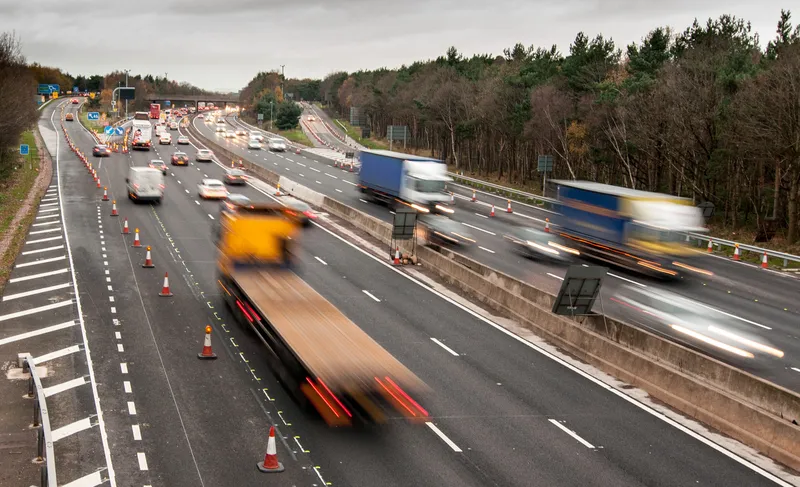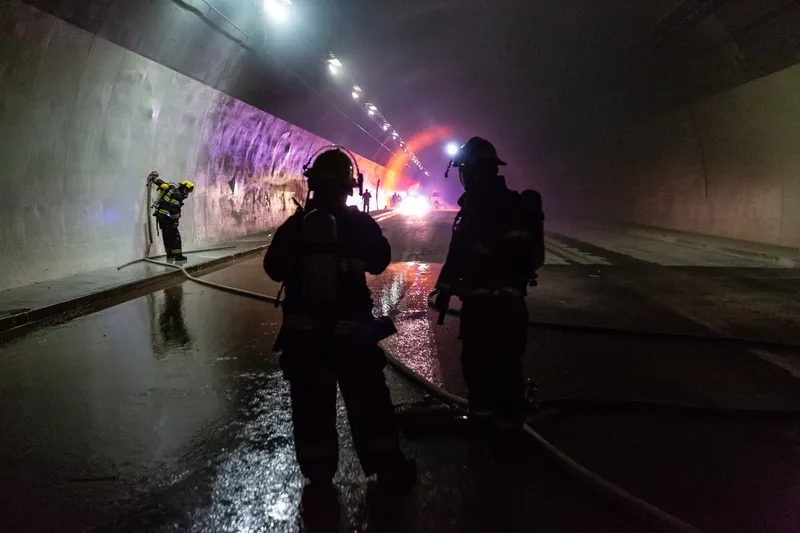Following a highly successful trial,
While the Tyne Tunnel concessionaire, TT2, had video analysis systems in place within the tunnels to detect vehicles travelling in the wrong direction, this was only detecting the event once an accident risk had arisen.
AGD’s FMCW radar, which uses much of the technology from the company’s Home Office Type Approved enforcement portfolio, is located externally to improve road users’ safety and prevent accidents by monitoring wrong-way detection on the approach to the tunnel. The radar’s criteria is set to alert if a vehicle is travelling the wrong way down one of the lanes.
It has an easy to use Bluetooth-enabled graphical user interface (GUI) and integrated easily to TT2’s existing tunnel control systems with no for additional software or hardware. The radar also provides a useful ‘heartbeat’ message which confirms the system is still operating and alerting operators in the unlikely event of a system failure.
Hanson Pottinger, technical manager of TT2 explained: “After the redevelopment of the existing Tyne Tunnel and the changes to the road layout on the approach to the tunnel, we had a number of instances when drivers, having mistakenly arrived at the north end of the northbound tunnel have tried to turn themselves around and attempted to return to the south side of the river via the northbound tunnel. It goes without saying that these drivers were putting other road users, who do not expect oncoming traffic in a unidirectional tunnel with a restricted line of sight due to the curvature of the tunnel, at huge risk.”
Ian Hind, commercial director of AGD Systems said: “The 318 offers a unique and distinct platform and is one of our most advanced radar systems to date.”
AGD Systems deploys radar wrong-way detection in Tyne Tunnel
Following a highly successful trial, AGD Systems’ new generation intelligent radar detection system, the 318, which is specifically designed for strategic applications, has now been fully deployed at the Tyne Tunnel for wrong way detection.
July 24, 2015
Read time: 2 mins










